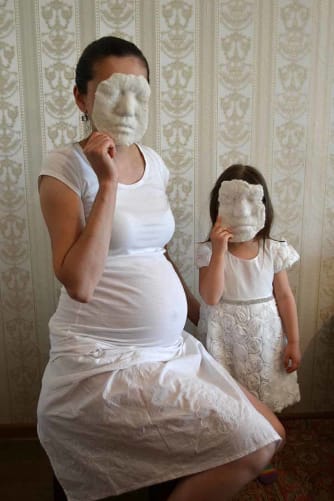The Idea
The transnational exhibition project dissemiNATION will look on the notion of nation, identity and modernity. In times of an increasingly complex world shaped by globalisation, migration and cultural hybridity these topics escape from simple explanations. The artists are invited to not only contemplate on their personal experience and situation, but as well to expand their projects on the particularities of the region where the exhibition is held and to involve actively the local citizens and artists. The exhibition in South Tyrol/Italy will take place in cooperation with the artists association in South Tyrol (Südtiroler Künstlerbund) in the City Gallery of Brixen/Bressanone.
South Tyrol – Central Asia
Even if these regions are more than 6000 kilometers away from each other – both are connected through the complexity of their history. After becoming independent from the Sovjet Union questions related to identity became a very crucial point for Central Asia. The impact of globalization and the fact, that throughout the history many different cultures lived next to each other, makes it very difficult of giving a coherent answer to questions related to nationality and origin. South Tyrol, an autonomous province in Nothern Italy, used to belong to Austria until this almost completely German-speaking territory was occupied by Italy in 1918. Unless it officially belongs to Italy nowadays three different languages are spoken (Italian, German, Ladin), thus the questions of identity is just as complicated as in the case of the Post-soviet States.
Create a Dialogue
A crucial point of the exhibition is to create a dialogue between artists from these regions and get in touch also with the local citizens and population by extending their projects on the particular other region. The exhibition is an attempt to think beyond narratives of originary and borders, to abandone binary structures in favour of a space that allows multi-layered situations and the coexistence of contradictions, instead of reducing and simplifying them.
Your Support
Your support is needed to make this dialogue happen in South Tyrol. You will support the traveling costs of the artists from Central Asia and a stay of approximately two weeks that the projects can be extend on the region. I hope that the project can be realised with your support, because I feel it asks very important questions of our time: We live in a world that is characterized by a globally rising mobility, the internet and cultural hybridity that leads to a hardly defined state, where boundaries are becoming increasingly blurred.
What does the title mean?
The term «dissemination» is due to Jaques Derrida, who argued that a text - no matter how often it is read – always creates a new level of meaning. Homi Bhabha works with Derrida’s term to question the notion of «nation» as a static, coherent and final construct. His attempt is to formulate a complex strategy of cultural identification that allows a contradictory localisation of the subject based on ambivalence and a double – or even multiple – perspective.





